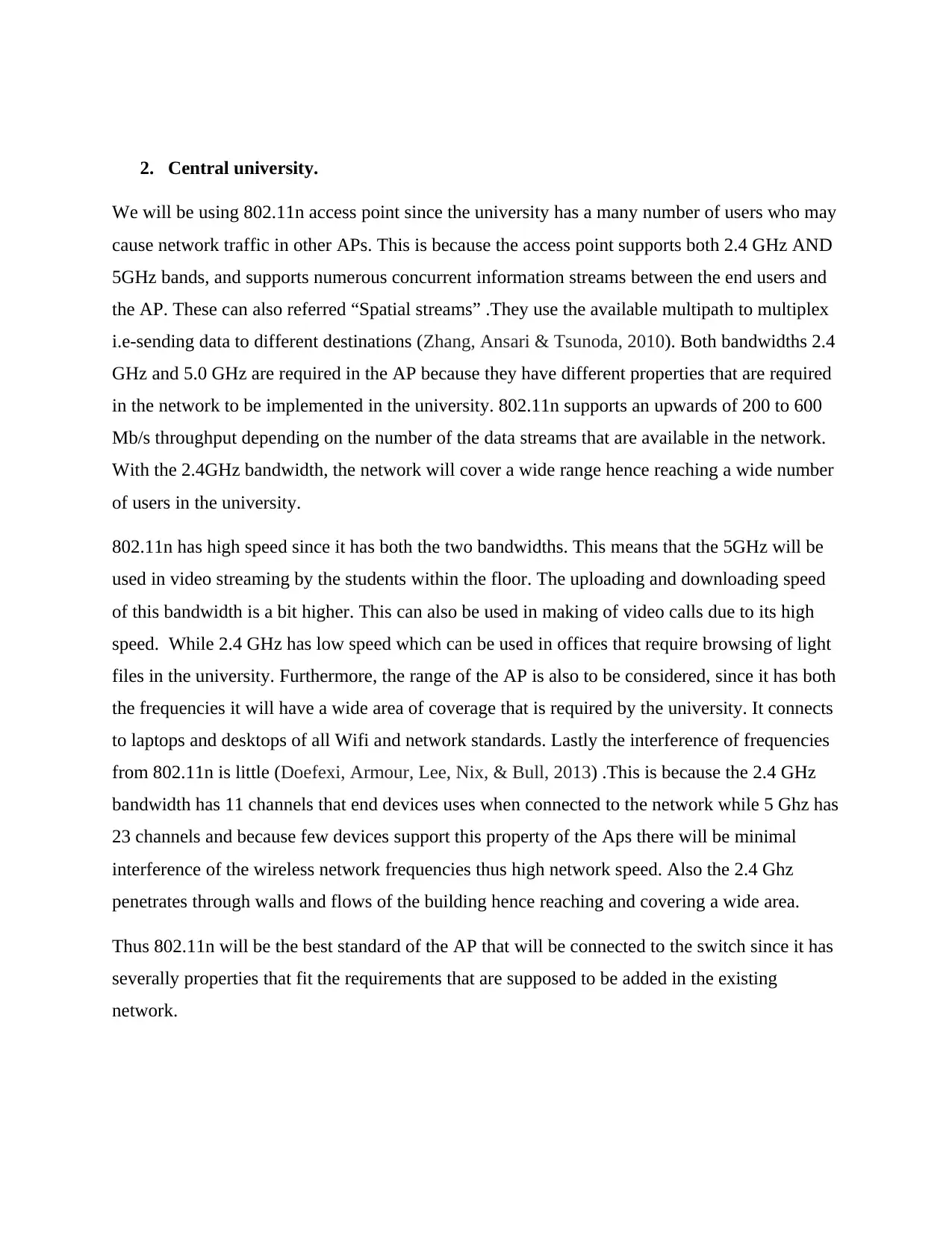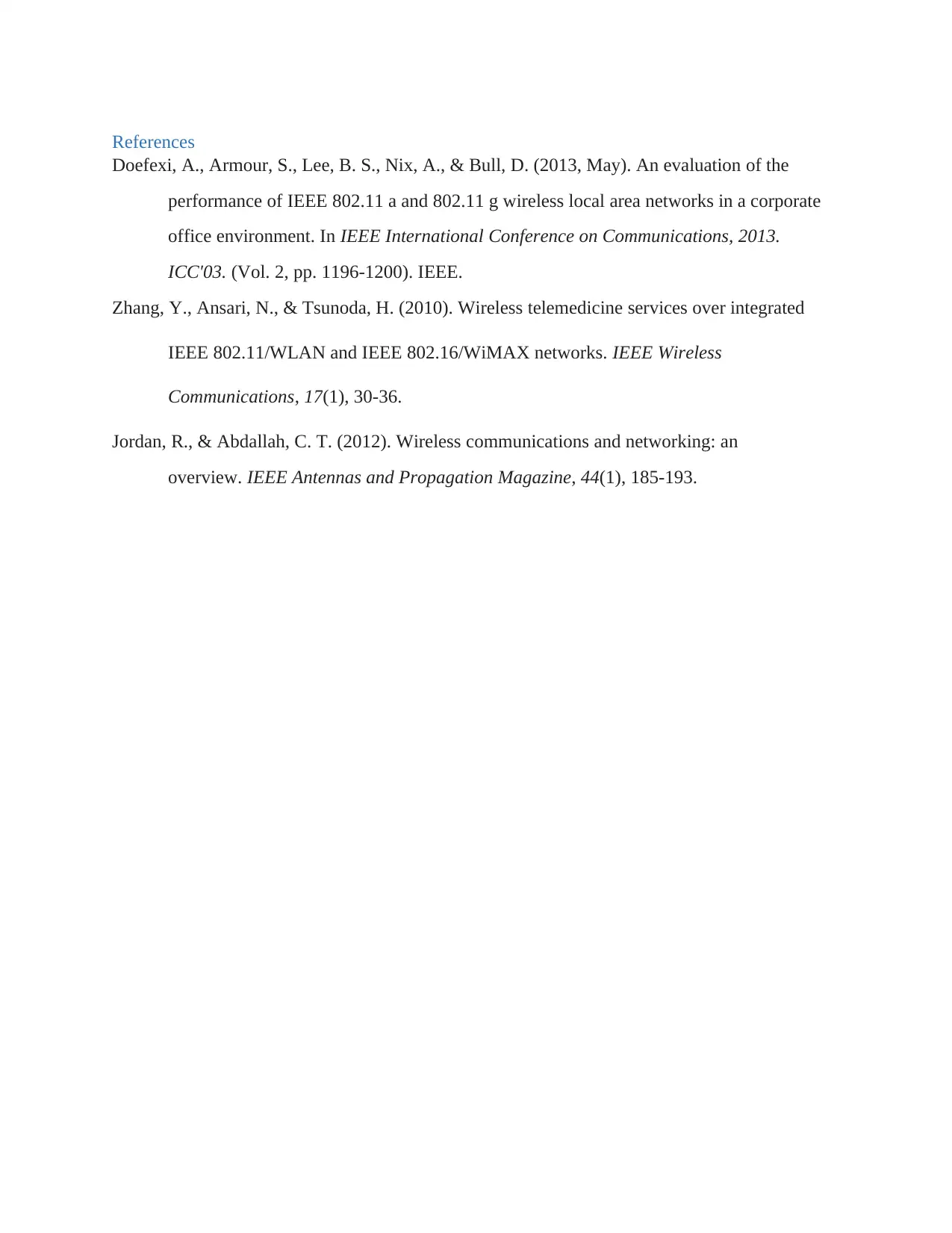Choosing the Right Access Point for Different Environments
VerifiedAdded on 2023/04/07
|6
|792
|143
AI Summary
This article discusses the best access point options for different environments such as hospitals, universities, and offices. It explains the advantages and considerations for each environment, including factors like network traffic, frequency compatibility, speed, range, and cost.
Contribute Materials
Your contribution can guide someone’s learning journey. Share your
documents today.
1 out of 6
![[object Object]](/_next/static/media/star-bottom.7253800d.svg)











